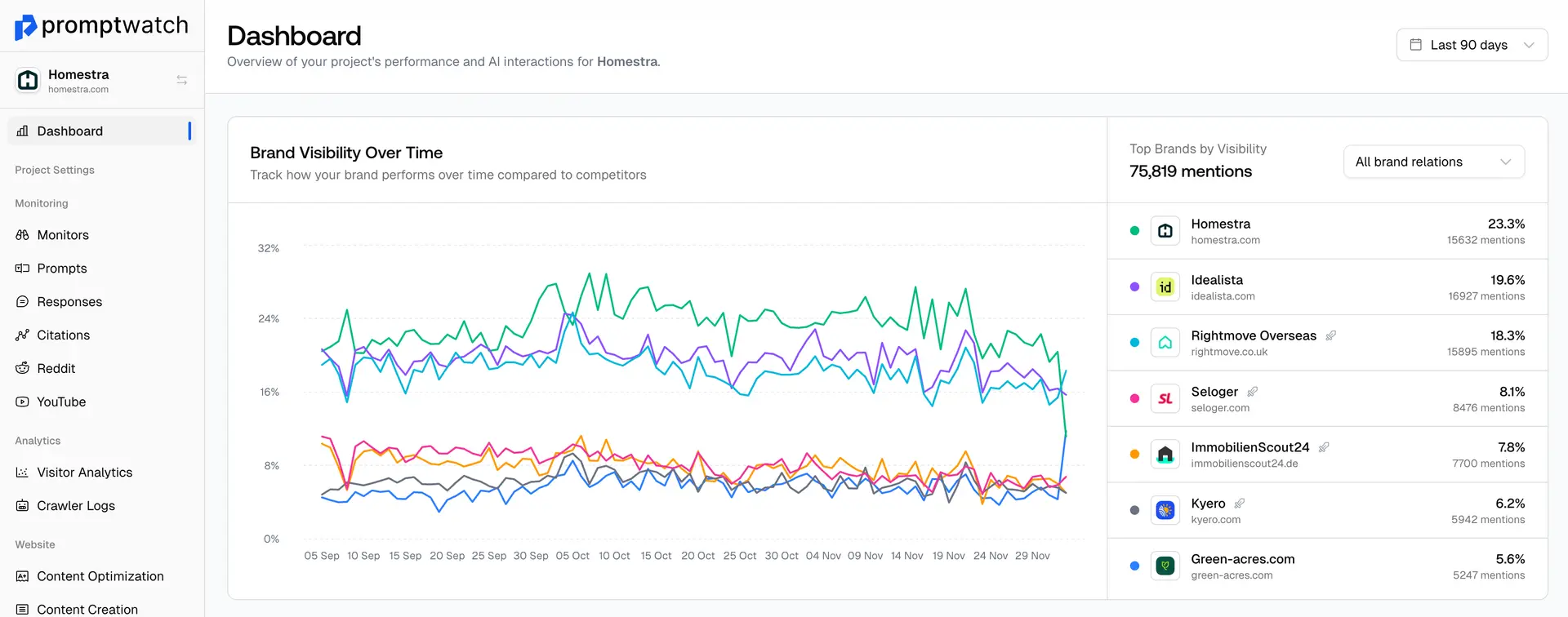Definition
AI Fine-tuning is the process of taking a pre-trained artificial intelligence model and customizing it for specific tasks, domains, or organizational needs through additional training on specialized datasets. This technique allows businesses to adapt general-purpose AI models to their specific use cases without the enormous cost and complexity of training models from scratch.
Fine-tuning involves taking a base model that has been trained on large, general datasets and providing it with additional training on smaller, domain-specific datasets. This process adjusts the model's parameters to better understand and respond to the specific language, context, and requirements of the target domain or task.
Common fine-tuning approaches include supervised fine-tuning using labeled examples, reinforcement learning from human feedback (RLHF) to align with human preferences, parameter-efficient methods like LoRA that adjust only specific model components, and domain adaptation to specialize models for specific industries or use cases.
For businesses, AI fine-tuning enables customization for specific industry terminology and contexts, improved performance on domain-specific tasks, better alignment with company values and communication style, reduced hallucinations in specialized domains, enhanced safety and compliance for regulated industries, and competitive advantages through specialized AI capabilities.
Fine-tuning considerations include data quality and quantity requirements, computational resources and costs, evaluation metrics for specialized tasks, ongoing maintenance and updates, and potential risks of overfitting or bias amplification.
In the context of GEO and AI optimization, understanding fine-tuning helps businesses anticipate how AI models might evolve and specialize, prepare content for domain-specific AI applications, and understand opportunities for creating specialized AI tools that could impact search and discovery in their industries.
Examples of AI Fine-tuning
- A legal firm fine-tuning an AI model on legal documents to create a specialized legal research assistant
- A healthcare organization customizing an AI model with medical literature to improve clinical decision support
- A financial services company fine-tuning AI models on regulatory documents to ensure compliance-aware responses
